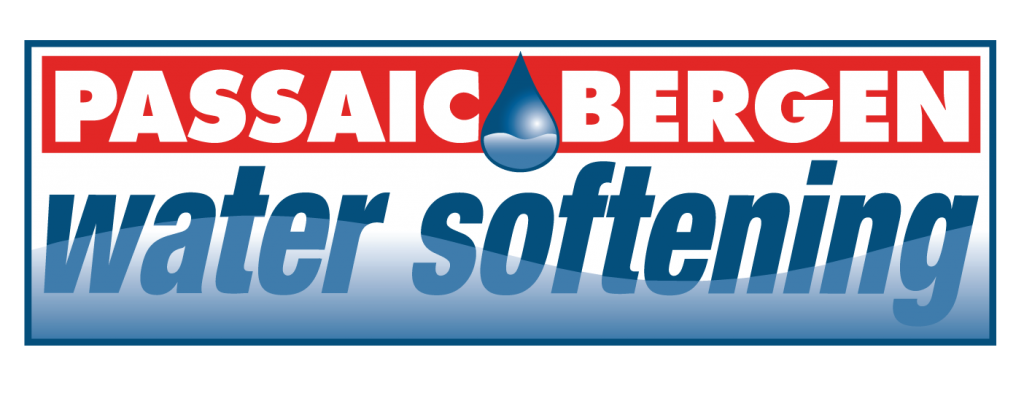It’s a well-established fact that lead in drinking water is hazardous. Yet many people underestimate their risk, believing that only those with lead pipes in their homes are in danger. It is quite possible to have lead in your water supply without even realizing it, as there are several sources of this contaminant you should be aware of. Discover some of the main sources of lead and what you can do to protect yourself!
Plumbing Fixtures
Many older homes were originally outfitted with lead pipes. But even if yours has newer pipes, you could nonetheless be subject to lead contamination from your water supplier. Many water treatment plants still use lead pipes to transfer their water between consumers. As such, your water might already be contaminated before it ever reaches you.
Other types of metal can leach lead as well. For example, lead impurities are often present in brass, and can break down as the pipes or faucets erode. Brass fittings are often found on submersible pumps, meaning that homes with well water might also be subject to corrosion.
Outside Contaminants
On occasion, lead may seep into groundwater from outside sources. A few of the most common sources include:
- Pesticides and lawn chemicals
- Paint or paint dust
- China and pottery that contains a lead glaze
- Canned food that has been imported from overseas
- Automobile and household batteries
- Certain toys, jewelry, and household items
- Electronics
The fact that there are many sources of lead means that you are more likely to have contaminated water if you live near an industrial or agricultural area. If you are close to an uncontained landfill or regularly notice a great deal of unauthorized dumping, lead might also be seeping into your groundwater.
Monitoring Lead in Drinking Water
The EPA recommends that lead levels in drinking water be no higher than 15 parts per billion (ppb). However, certain groups of people may experience health problems at much lower levels. Children, pregnant women, and the elderly are among those who should carefully monitor their intake. Bottle-fed infants who consume formula made from contaminated water have a higher-than average risk too.
Public water utilities are required to submit a water quality report at least annually. This report can tell you what levels are present in your drinking water. Consider having your water tested if it has been some time since your last report and you are concerned that your supply may have been further contaminated in the meantime.
If you have a well or private water supply, you will need to have your water tested to determine levels as it is not possible to detect the presence of lead through sight, smell, or taste.
A Water Filtration System Removes Lead and Other Hazards
The presence of this element in your drinking water is NOT something to be taken lightly. If you have any suspicion that your home may be contaminated, the single best thing you can do is call a trusted water softening company and have them immediately test your water. If it is found that your water has high levels of lead, installing a whole house water filtration system is THE solution! You will no longer have to worry about this dangerous contaminant or your family being at risk, as the Water Efficient Technology (W.E.T.) within WaterCare‘s products efficiently and effectively remove harmful chemicals. To find the system that is perfect for your home and family, please contact us today!




